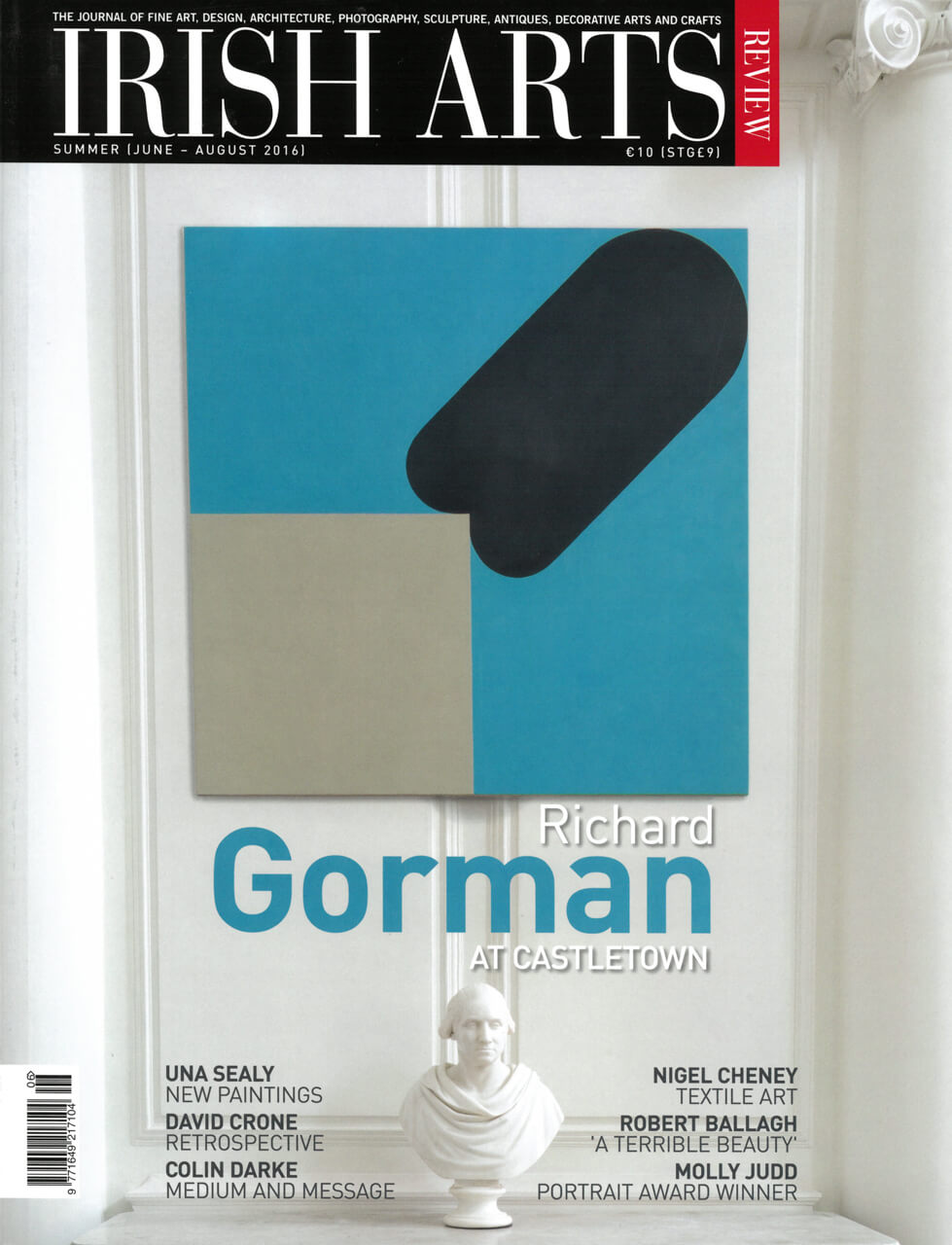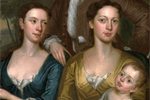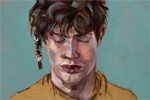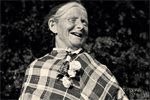
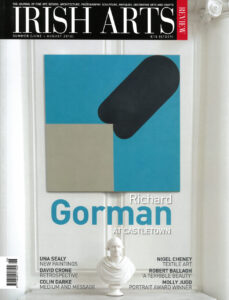
In recording the traditional attire of female estate workers, Augusta Caroline Dillon of Clonbrock House, Co Galway, seemed presciently aware that her images would become historical document, writes Christiaan Corlett.
Acquired by the National Library of Ireland in 1977 the Clonbrock Collection of photographs is truly one of the most important early Irish photographic collections. The collection contains approximately 3,500 glass plate negatives and 300 lantern slides spanning the years 1860-1930 The genesis of the archive can be traced back to at least the 1860s. Augusta Caroline Crofton, daughter of Edward Crofton, 2nd Baron Crofton of Mote, Co Roscommon and Lady Georgina Paget, was born on 16 October 1839. She had already developed an interest in wet plate photography by the time she married Luke Gerald Dillon (later 4th Baron Clonbrock) on 18 July 1866. Augusta Caroline remained actively interested in photography throughout her life, until her death in September 1928. Indeed, she also introduced her husband to photography in the early years of their marriage. Together they had three daughters and a son; Georgiana Caroline (b. 1867), Robert Edward (b. 1869), Edith Augusta (b. 1878), Ethel Louisa (b. 1880). By the time they had reached adulthood, all of the Dillon children appear to have become avid photographers. This can be illustrated in one of the images where five members of the family, including Augusta Carolina, are each holding a camera (Fig 4). Unfortunately, this creates in inherent problem in trying to identify who responsible for a particular photograph. On the other hand, the simple fact that so many members of the family were interested in photography means that there is an incredibly wide range of images that span nearly seventy years, from the 1860s to the late 1920s.
The collection is dominated by photographs of various family members and friends, as well as images from their travels in Ireland and abroad. As might be expected, the Clonbrock collection features frequent images of the privileged life of the landed gentry, as well as farming on the demesne itself and the life of the tenants of the wider estate. Luke Dillon was very much a resident landlord, and was actively involved in the management of the Clonbrock estate, situated near Aghascragh in east Galway.
Perhaps because so many of the photographers in the family were female, women are a constant theme in the collection. As a consequence, they capture the changing fashions of upper class ladies during this period. This can be perfectly illustrated in a simply delightful photograph of Augusta Caroline with her younger daughters Edith and Ethel at their presentation to London society around 1900 (Fig 7).
However, one of the most fascinating aspects of the collection is that it documents the fashions of local Galway women who lived and worked on the estate, or who had some other cause to visit Clonbrock. In fact, it appears that it was Augusta Caroline herself that developed this interest in traditional costume at quite an early stage in her life. This can be illustrated by a photograph, probably dating to the early 1870s, of an unnamed woman who is standing outside the rustic cottage that was constructed in 1869 as a purpose-built studio and darkroom called the Photo House (Fig 6). The woman is wearing a shawl fastened with a pin above her waist, revealing an apron that extends to about knee height. On her head she is wearing a bonnet tied under her chin with ribbons. In her right hand is an umbrella, while her left hand clutches a handkerchief. Interestingly, draped over her left arm are two shawls, one with a tartan design and a second with a paisley design. Another early example of this interest in traditional women’s costume is captured in an image of the Widow Kelly, who is wearing a bonnet tied under her chin and a highly decorative woollen shawl with tassels (Fig 5).
The image of an elderly woman identified as Betsey Delaney is slightly less formal. She was photographed standing near the steps of Clonbrock House in 1901 (Fig 2) and her head is stooping slightly, perhaps out of respect to her Baroness photographer, or maybe simply because the sun was in her eyes. She is wearing a crocheted shawl, while draped over her right arm is a more conventional shawl. Unfortunately, the detail of what appears to be an elaborate bonnet is not clear. In order not to detract from the subject matter, the old woman’s walking stick is placed on the ground.
While many of these photographs appear quite formal and choreographed, there is one image that stands out as particularly spontaneous. The photograph of Mrs Heany leaning back in a hearty laugh (Fig 1) is one of several photographs showing various aspects of Mrs Heany’s costume. Her tartan shawl is fastened tightly around her neck, and sports some freshly cut roses, perhaps from the gardens of Clonbrock. In other photographs where Mrs Heany has removed her shawl, she can be clearly seen wearing a crocheted cardigan as well as a dark coloured apron that was bound tightly around her upper waist in such a way that it served as a pouch for carrying things (Fig 3). Also more obvious in this image is her dark coloured crocheted cap.
There is no attempt to document the lives or occupations of these women. Instead, the focus is specifically on their costume. There is arguably a sense that the family (and probably more specifically Augusta Caroline) were deliberately recording traditional forms of women’s clothing that were becoming archaic and would soon be replaced by more modern fashions. While the costumes are traditional, they are not the clothing of the extremely poor. They reflect the output of the more skilled traditional crafts of various forms of textiles produced in east Galway. These are not the women who carved out a subsistence living on the Atlantic seaboard. These are women whose livelihoods revolved around the big estates of the Irish midlands. By 1914 the dependency of these women on estates such as Clonbrock was broken. The lands were sold back to the tenants who for generations had leased the lands from their landlords, and the traditional costumes that had effectively underlined social differences, slowly disappeared.
Images courtesy of the National Library of Ireland.
Christiaan Corlett is an archaeologist with the National Monuments Service of the Department of Arts, Heritage & Local Government and he has an interest in early photographers.
